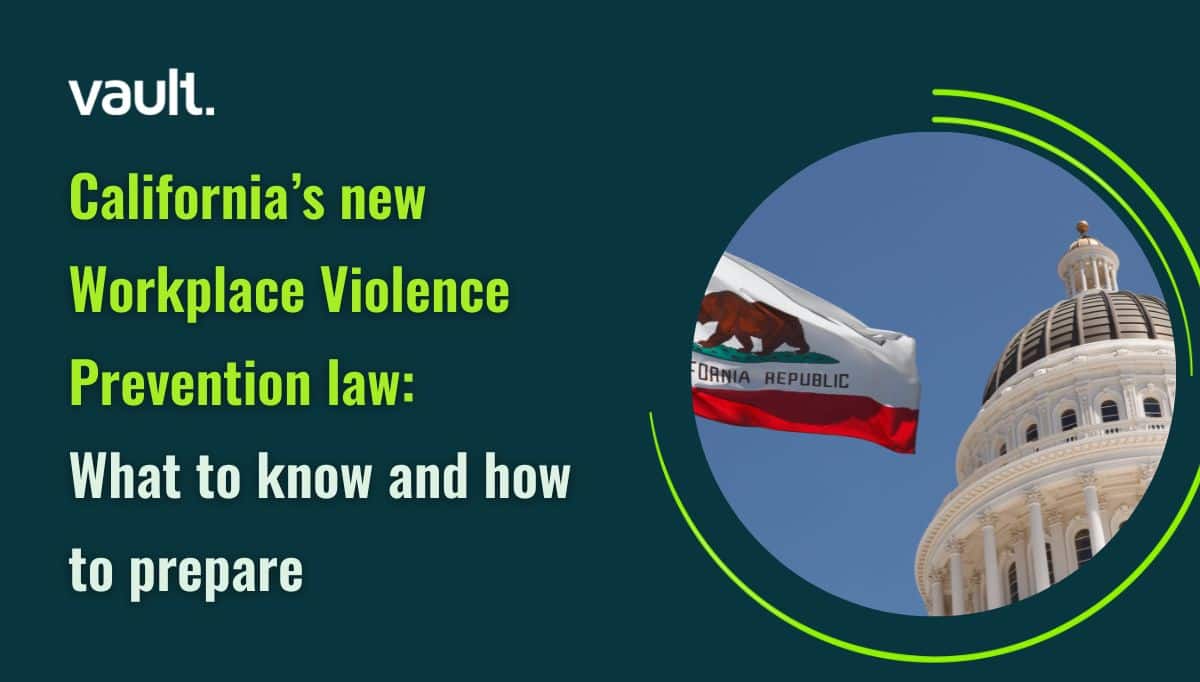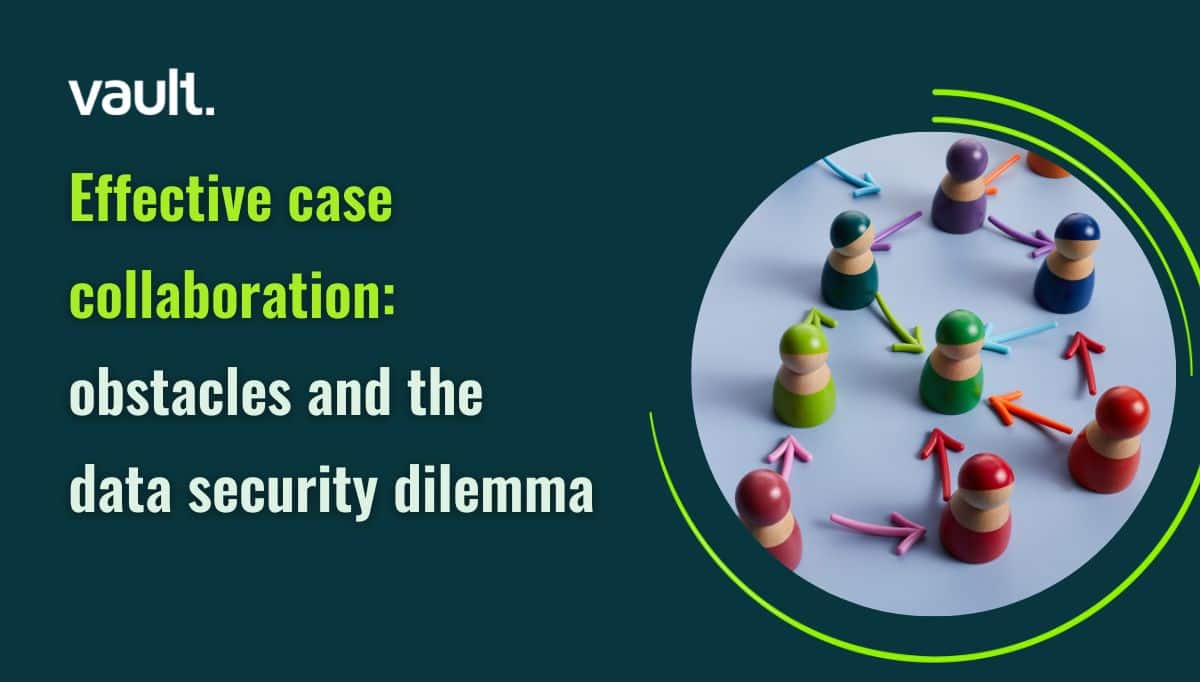Some business sectors are steeped in history. Insurance is one of them. The institution known today as Lloyd’s of London started out as Edward Lloyd’s coffee shop, opened in 1688, which became a popular meeting place for merchants and gave birth to the business we now know as marine insurance.
In the centuries since, Lloyd’s has expanded its portfolio and now occupies the iconic – even futuristic – building on Lime Street in the City of London. Inside the modern shell, however, the weight of tradition and history is still very much apparent. Anyone who’s ever had a tour of Lloyd’s will know that the center of the trading floor is occupied by a large brass bell that is rung by a red-coated official in times of great tragedy, as well as a sizeable leather-bound book in which ships lost at sea are still recorded by quill pen.
In an age of data centers, cloud computing, and high-speed internet, however, perhaps the most arresting discovery is that Lloyd’s trading floor isn’t occupied by banks of humming servers and blinking lights, but by thousands upon thousands of humans. Business, for the most part, is still done with paper, pen, and rubber stamps. And business, for the most part, is still done by men.
Shaking off the ‘old boy’ image
Over the years, Lloyd’s has made efforts to shrug off its pin-striped reputation as an ‘old boy’s club’, most significantly with the appointment of Inga Beale, the organization’s first female CEO, who served from 2013 to 2018. Beale launched a not entirely welcomed upheaval of the culture at Lloyd’s. Openly bisexual, she embedded LGBTQ+ friendly initiatives such as the Dive In diversity and inclusion festival and also banned day drinking at the establishment.
Beale’s achievements were humble but impressive for an institution with such a history as Lloyd’s. But last year Beale was succeeded by John Neal, who walked almost immediately into a media firestorm when Bloomberg published a blistering report on “the deep-seated culture of sexual harassment” at Lloyd’s, surfacing incidents ranging from inappropriate comments to physical assault.
In response, Neal commissioned the largest survey of its kind into the market’s culture. He said there had been more than 6,000 responses from the 45,000 strong community that composes the market, including Lloyd’s 1,000 direct employees.
The results of the survey are due to be released this week during Dive In, but already Lloyd’s chief has admitted that the sentiment of the survey results “is validating that those problems exist”.
An old-school response to an old-fashioned problem?
Part of the response has been to offer a third-party operated harassment reporting hotline, which for an organization trying to move from being perceived as traditional to forward-thinking is surprisingly antiquated.
In my experience, no matter how good the intentions, well-meaning initiatives to make employees feel protected through openness and transparency often fall short for two key reasons:
- Fear of consequences – embarrassment, isolation, low-performance ratings, lost promotions, and even firing
- A sense of futility – the belief that saying something won’t make a difference, so why bother?
Third-party-operated hotlines perpetuate these two concerns. You are requiring employees to call into a third-party call center with no vested interest in the organization (other than as a paying customer). This already sends the message that misconduct incidents are not something dealt with in-house. While offering an anonymous hotline sends the message “If you speak publicly you’re likely to be punished”.
To the second point, the hotline experience is similar to shouting into a well. Once the report has been made it’s in the hands of a third party and the complainant’s further interaction is minimal or non-existent. Has any action been taken? The hotline compounds the problem by effectively isolating the people submitting reports – so reporters do not know whether they are a lone voice or one of many, which makes the process more intimidating.
I’ve already written at length about the failings of processes behind antiquated hotlines but in short, they have an adverse effect. Already, employees are afraid of being targets of retaliation or reporting an incident having another impact on their job. Trust works both ways – to gain your employee’s trust, you should develop relevant policies to encourage a ‘Speak Up culture’ and in return, employees will trust you have their best interests and the ethical interests of the business at heart.
Furthermore, in such a strictly regulated industry like insurance, it doesn’t make sense to send misconduct reporters to external systems. This encourages them to disclose information to prosecutors, regulators, or the media. By contrast, an internally supported misconduct reporting system may be far more valuable from a reputational perspective as well as time to resolution.



